You may have heard the term sensory overload many times in regard to sensory processing challenges. And you've probably also read that sensory overload leads to sensory meltdowns in many cases. But have you ever wondered what sensory overload feels like? We asked some children who struggle with sensory processing challenges to tell us what sensory overload feels like and their answers are very eye-opening.
Before we get to that, let's have a quick overview of what sensory processing is and what sensory processing challenges may look like.
What is Sensory Processing?
Sensory processing is the way our brain interprets input from the senses of our body. You've probably heard of the 5 senses growing up in school, but there are actually more than that.
Tactile (Touch)
Olfactory (Smell)
Auditory (Hearing)
Gustatory (Taste)
Visual (Sight)
Proprioception – the sense of movement, found in the muscles and joints of the body.
Vestibular – the sense of motion, the GPS system of the body
Interoception – internal senses of bodily functions like heart rate, breathing, feeling hungry, needing to use the bathroom, etc.
For more information on the 8 senses, check out our post here.
What is Sensory Overload?
Simply put, sensory overload is overstimulation from one or more of the sensory systems.
Sensory overload can be triggered by a variety of things and for most, it is actually a combination of more than one source of sensory input that causes the overload.
Everyone has different thresholds of how much sensory input their brain can handle. For children with sensory processing struggles, this threshold can be lower. This means once that threshold is reached, their brains have trouble processing the incoming sensory input which makes it hard for them to function in the activity or environment they are currently in.
It's also important to note that sensory overload can build up over time. It may not be an immediate response. A child may “hold it together” throughout the day, like during school, and then come home and everything suddenly becomes too much. They have exerted so much energy throughout the day that once they are home, they feel safe to “let it all out.”
Certain environments can also be triggering for many children. Sights, smells, sounds, movement, all of the senses mentioned above, can add to that feeling of overwhelm and overload.
See our post on signs of sensory overload for more details.
What Does Sensory Overload and Meltdowns Feel Like?
As we were creating our Overcoming Sensory Meltdowns course, we wanted to include how kids describe sensory overload or having a sensory meltdown. The answers we received were mindblowing, to say the least. It really opened our eyes and minds to what sensory overload can feel like for children.
If you have never felt sensory overload before, it may feel unnatural when your child or student starts reacting to sensory input in their environment the way they do. You might think they are doing it on purpose or just to be difficult.
Reading these responses though, we hope, will help explain why sensory overload is not a choice or your child trying to be difficult.
Here is how the children we asked describe what sensory overload and meltdown feel like to them…
- “So itchy”
- “Going to explode”
- “Tick tock”
- “Boiling over”
- “A bunch of rubber bands in my stomach all feels like they are stretched out and released all at once.”
- “Feeling wild”
- “Having a me tornado”
- “Hulking out”
- “Can’t turn it off”
- “Feeling like there is a bee storm all over my head”
Wow, those are very eye-opening aren't they?
We also found this video below very helpful. In it, autistic individuals explain what sensory overload feels like to them. This one is a must watch in our opinion!
And lastly, this video gives you a small idea of what walking through a busy environment may feel like for many children who struggle with sensory processing.
Once we understand how our kids are really feeling during a sensory overload/meltdown, we can help them understand how to self-regulate and also co-regulate with them.
How to Help a Child with Sensory Overload
It's important for children to understand what is happening in their own brains and bodies. That is why we created the Sensory Self-Workbooks and also have this post on When I Feel Overwhelmed: Self-Regulation Strategies for Kids.
There are a variety of strategies, but the first important step is to figure out what their sensory triggers are. You can keep a sensory triggers log, which also makes sharing this information with professionals easier.
Some other strategies to have on hand for sensory overload include:
1 || Develop an Exit Strategy
2 || Create a Calm Down Corner/Sensory Space in Your Home/Classroom
3 || Deep Breathing Exercises
4 || Read a Book
5 || Use Noise Canceling Headphones OR Listen to Music
6 || Teach Children How to Recognize Sensory Overload in Their Bodies
7 || Provide Deep Pressure Through Hugs or Heavy Work
You can read more about these specific strategies in our post here: How to Help a Child with Sensory Overload.
Asking for an Occupational Therapy evaluation can also be extremely beneficial and helpful. Many Occupational Therapists are specially trained in the areas of sensory processing and can help you create an individualized plan for your child.
For more in-depth strategies for sensory overload and meltdowns that you can start using right away, we created the Overcoming Sensory Meltdowns video course.
While this course does not take away the need of getting professionals involved in person, it can give you the tools and resources you need to start implementing changes at home that will be extremely beneficial to your family and environment.
Relationships are the foundation for effectively understanding and connecting with children. Gaining a deeper sense of what your child or student is feeling allows you to have compassion and better meet their needs.
That is our goal with the Overcoming Sensory Meltdowns video course. We hope to see you there!
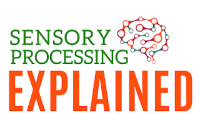
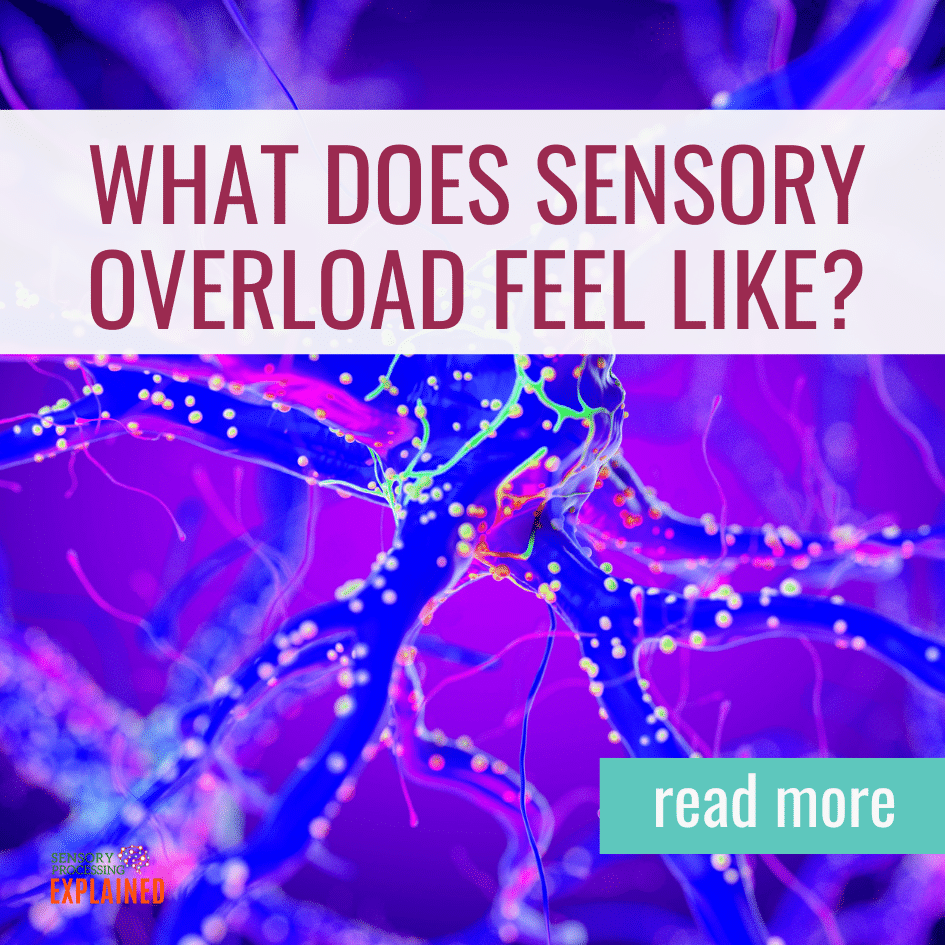
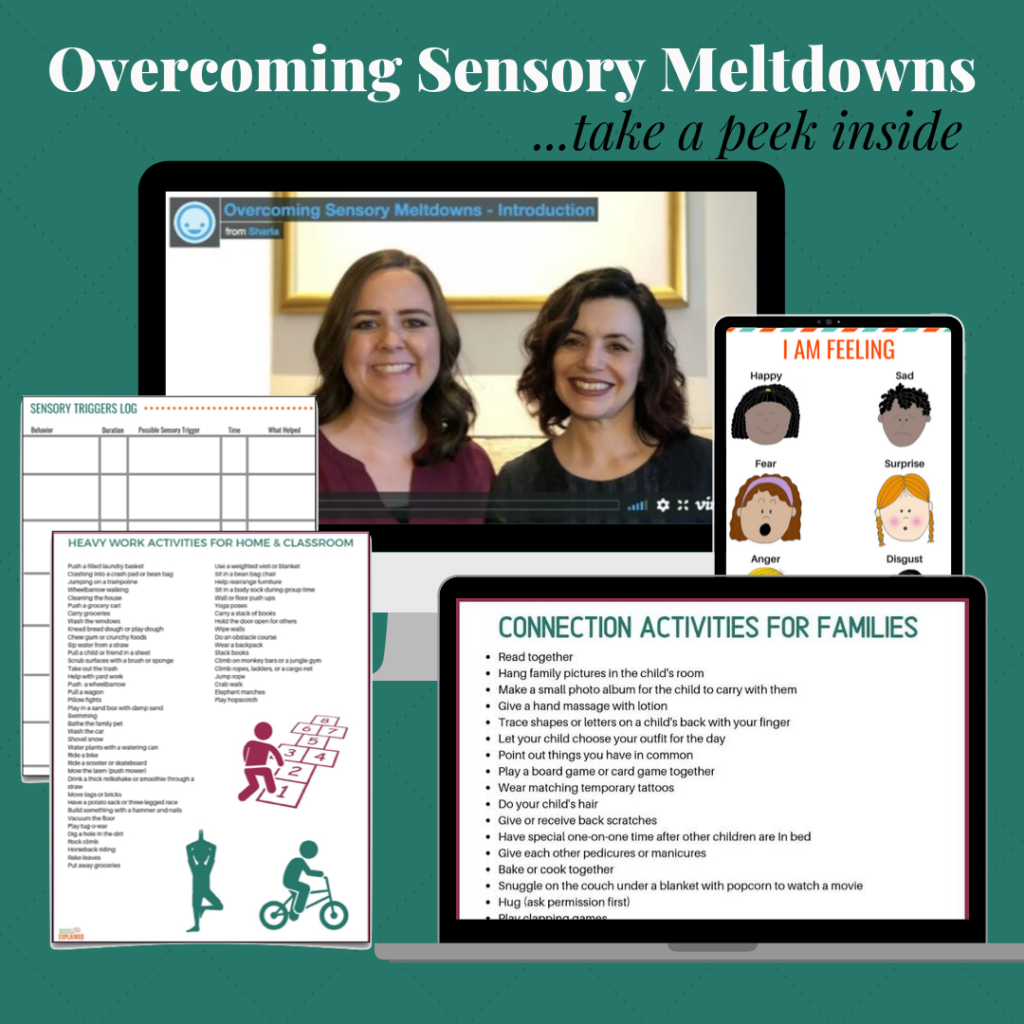
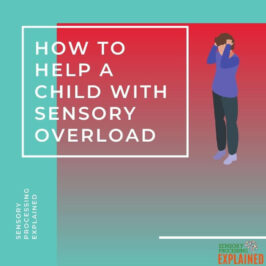
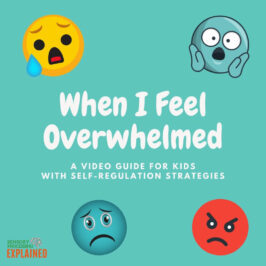
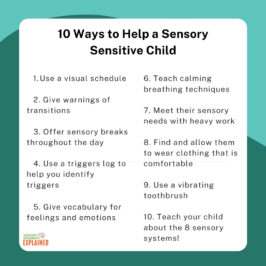
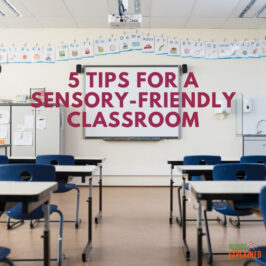
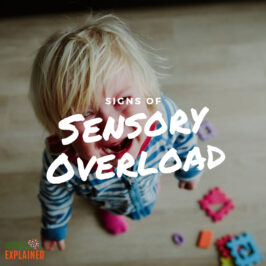
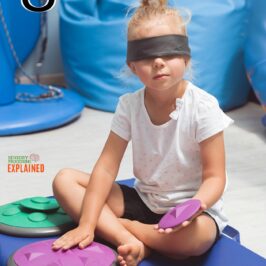
Ticia Messing
I compare it to the Lindsey Stirling steampunk video (Roundtable Rival), when it gets too loud it feels like I’m being physically assaulted. When I saw that video I said, “This! This is what it feels like.”
Johnna Harris
I had a bookmarked PDF regarding SPD and adoption. I am 99.9% sure that it was hosted through you guys. The link is now broken. I’m wondering if there is a new link or an ability to get ahold of it again. It was really helpful for explaining SPD to family. thank you!